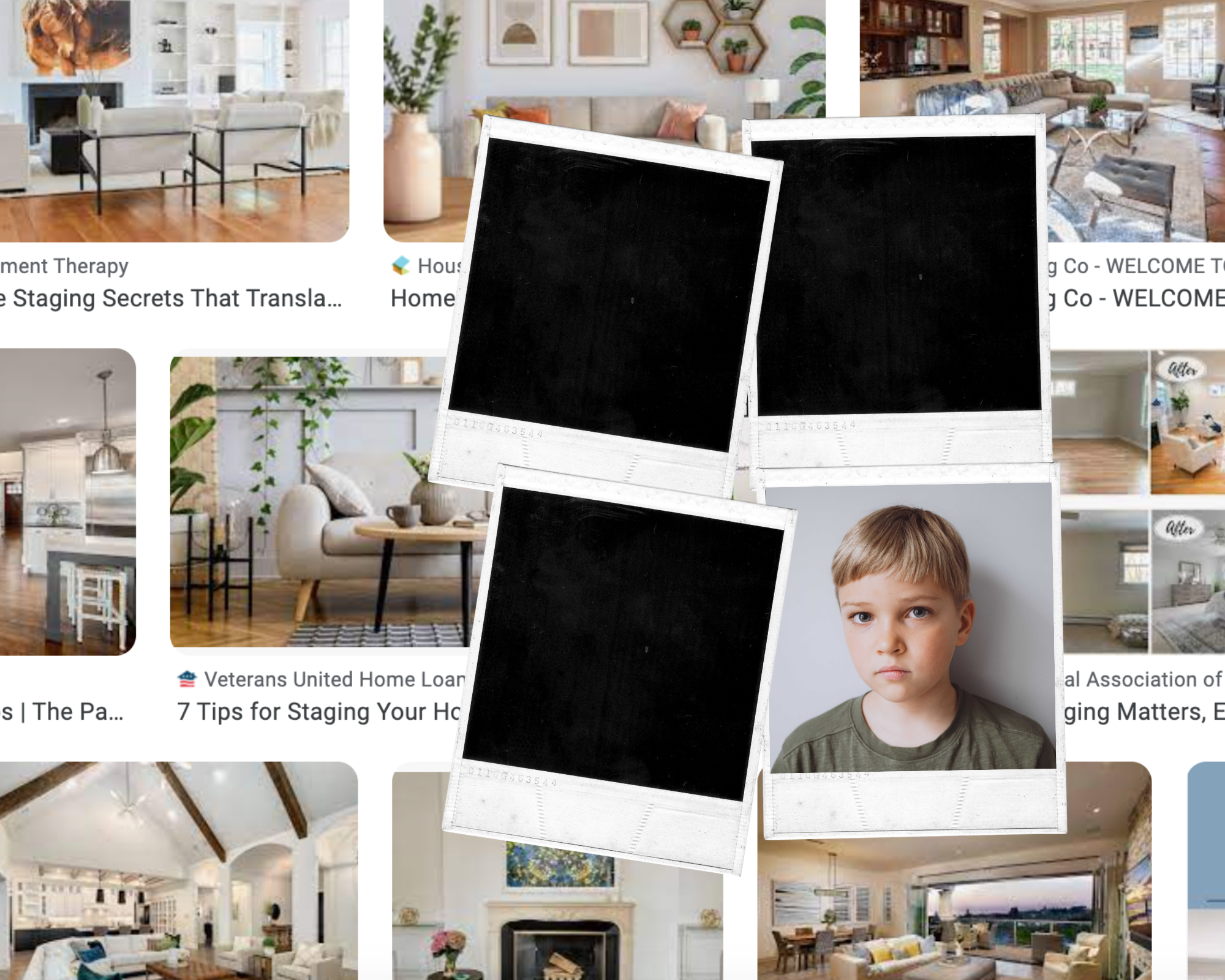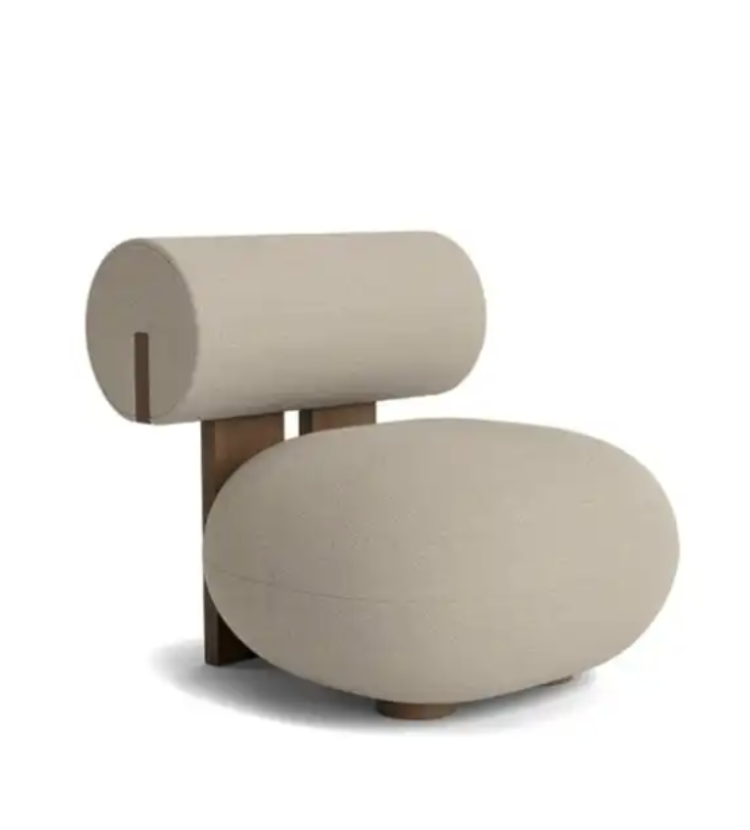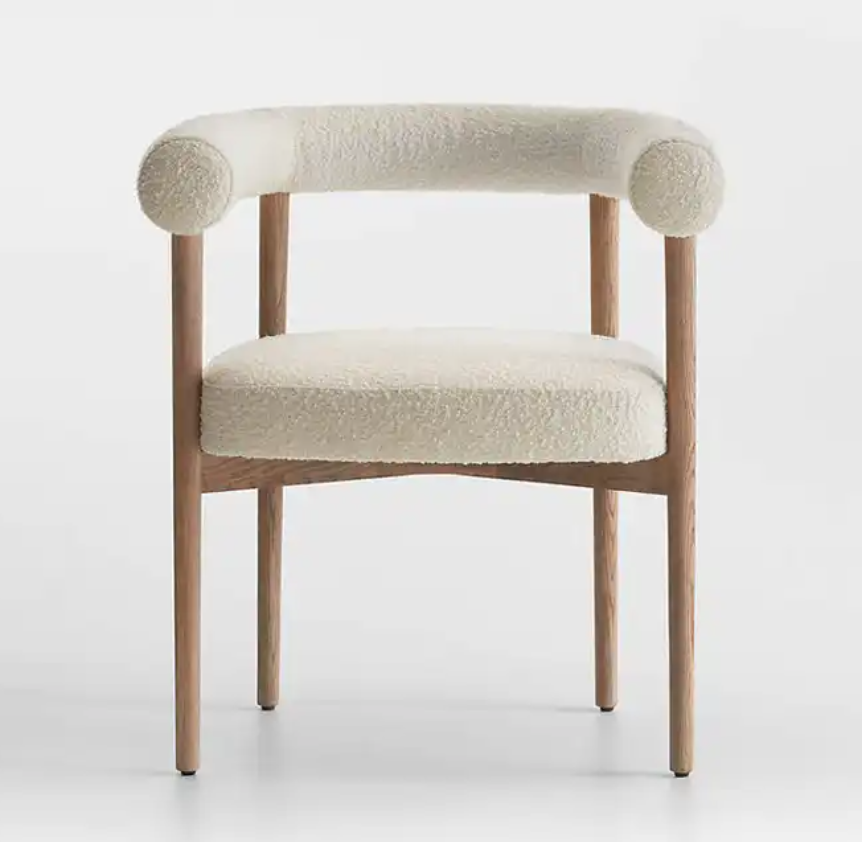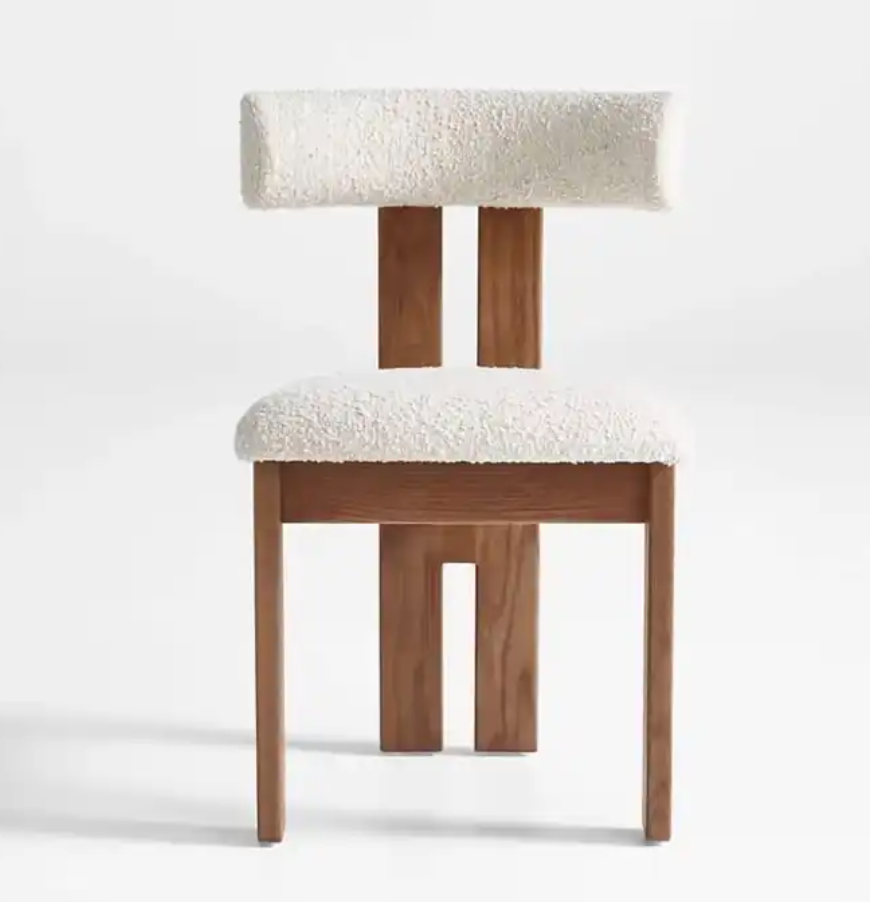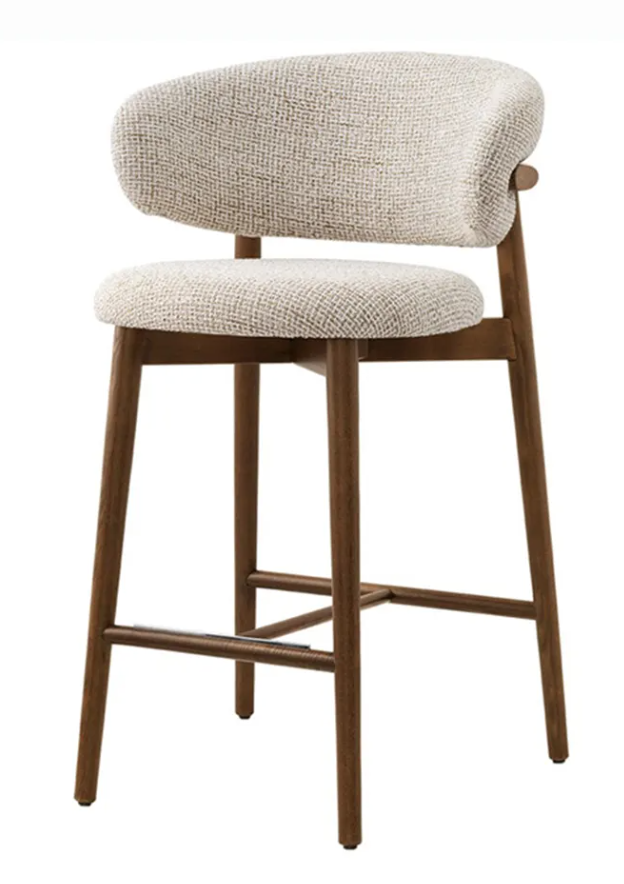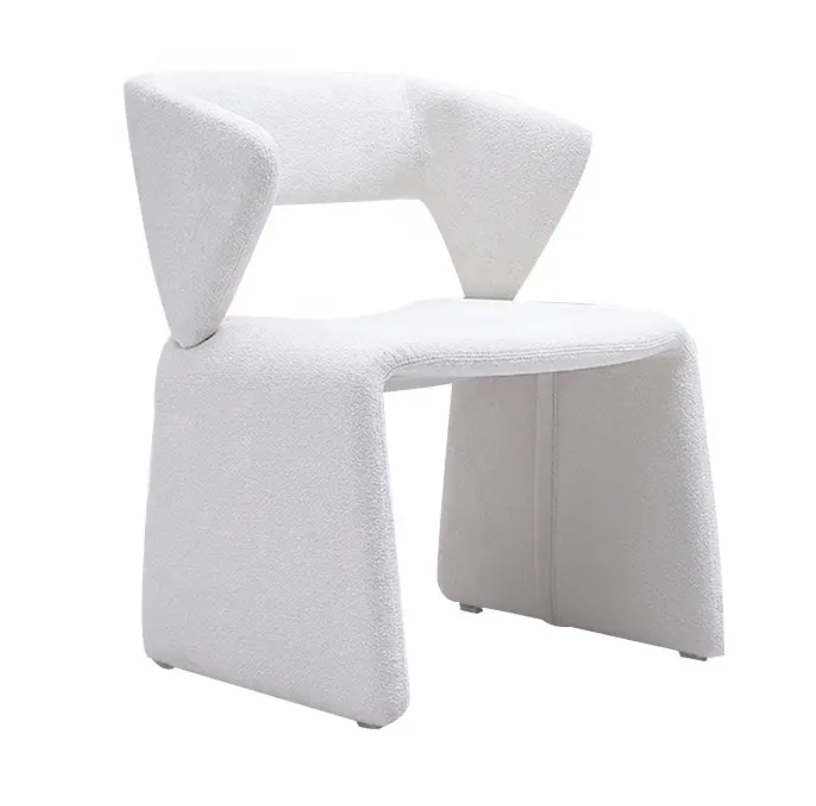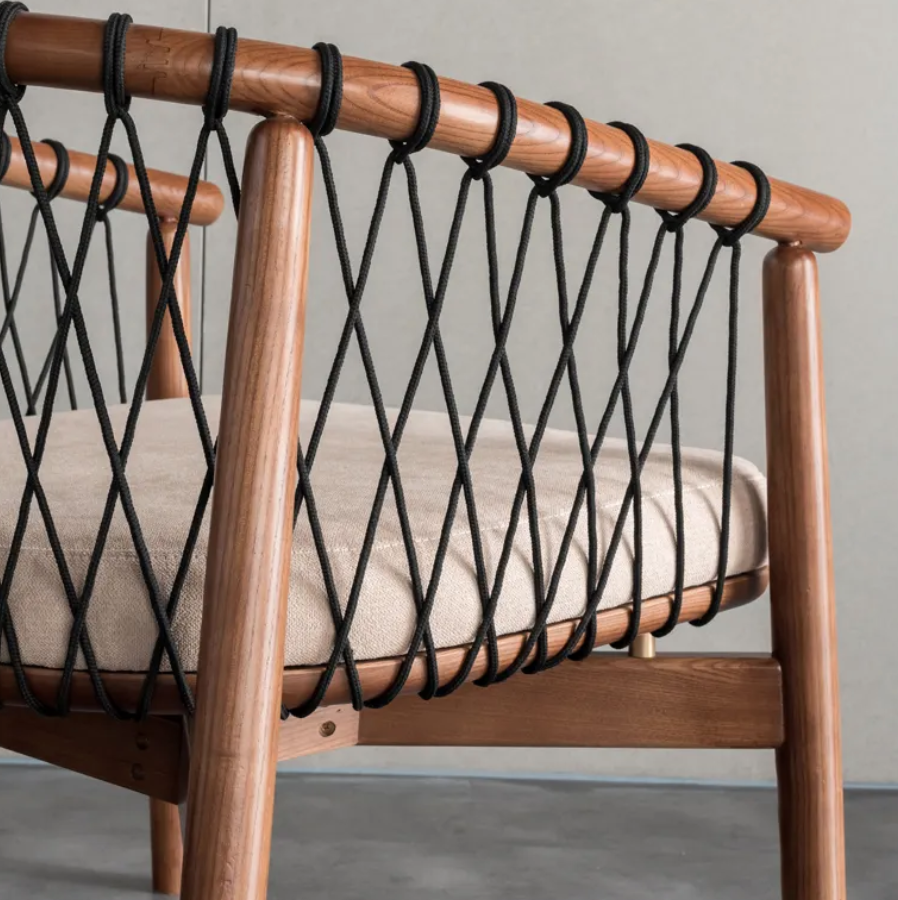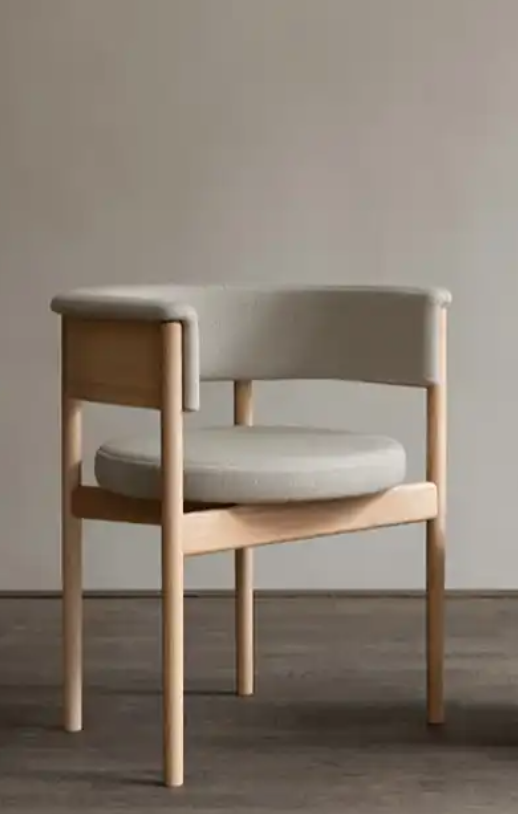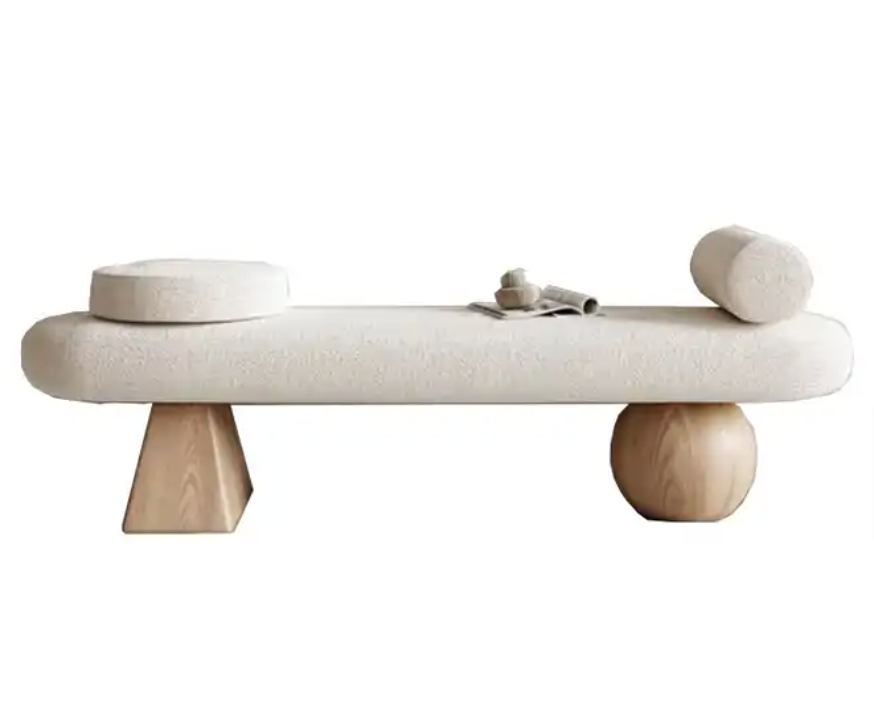Are all staged homes looking the same
First things first. A staged home is a better-positioned home. They sell faster and better. Yet as time goes by I see many homes in our market that have started looking so similar. The home may not be similar at all but the stagings do look similar often. Talking about Southern California, San Diego is one of the Top 10 hottest real estate markets in the US. With a median home sold price of $910,000 (Jan 2024) and 38% of homes sold over asking it is a very competitive space for homes. But are we creating unique spaces here for this competitive market and what do buyers see as they browse homes online?
Make it stand out
Are all staged homes looking the same
Take a neighborhood, say La Jolla or Del Mar and a few homes in a similar price range it’s interesting to see how a layman buyer previews homes that look fairly similar. The architecture, the finishes and layout may be unique and then the staging across these unique homes often looks similar, Often all beige and white, similar blend of accents, throw in the faux pampas or moss balls and there you have it. Browse through listings online and you will see a mix of homes, some very similar looking for a buyer. Pan into some other markets and you will not see the same looking trend - think New York real estate for instance.
As a society where are we going? Ok spill that, it’s definitely not that drastic! But then lets talk about the impact the buyers.
Buyers can appreciate a staged home, but then to create an impressionable recall it has to stand out. period.
Buyers and buyer agents view multiple homes, but its the unique home which creates a quick recall.
Investing in staging is to stand out, not blend in.
How does one create uniqueness?
Inventory
Inventory refresh is a given for many staging companies. Its vital to invest in new inventory from time to time. Color palettes evolve, new textures and materials come in every year. Designers have to source and leverage the old and new in a perfect blend. No matter how old the home is one has to complement the style but dress it for today’s market. Its very true that the same vendors are sources for many of the same staging brands, but whats vital is how one sources new vendors, new sources and purchases from different places. For instance, many pieces in the BlueGrape repository were custom-made to specifications and styles we needed as we innovated.
2. Innovation. Not following the pack
Browsing through the plethora of pictures across Instagram, Pinterest and more and following the styles blindly is a trap stagers can easily fall into. You know why? Cause we have the freedom of design discretion in staging compared to when we are Interior designing homes. Interior design projects are to a homeowner’s taste, staging allows the freedom to explore our own choices. Both an advantage and a trap.
3. Style Blending
Whats your style. Whats the style the home needs. What should one follow. Yes buyers love to see the new and on-trend. But they also see a style story flowing in the home. Be it transitional, California Coastal, mid century modern or modern contemporary in downtown - there is a style each home calls for. When ever following a style dont forget to blend in uniqueness. Blend it with your unique touches, pieces, color palettes and a unique home will follow.
4. Architecturally complement
Honor the architecture of the home, its style and craftsmanship with uniqueness. Yes use neutrals to keep it light and bright but look for those finishes and features where one can bring in a unique touch. A different artwork, a unique chair, or just something else. Design with expertise and your heart - create a unique story. Staging companies need to bring in that level of expertise and homes need them. Sometimes it might just be blending the old and new of what inventory one owns to create that story.
Keeping these factors in mind, it is imperative today that home staging companies start pushing themselves in their markets to innovate and create unique homes and a strategy on how to do so. It is no longer enough to follow the trend, source from the same vendors or just harness whats already existing.

